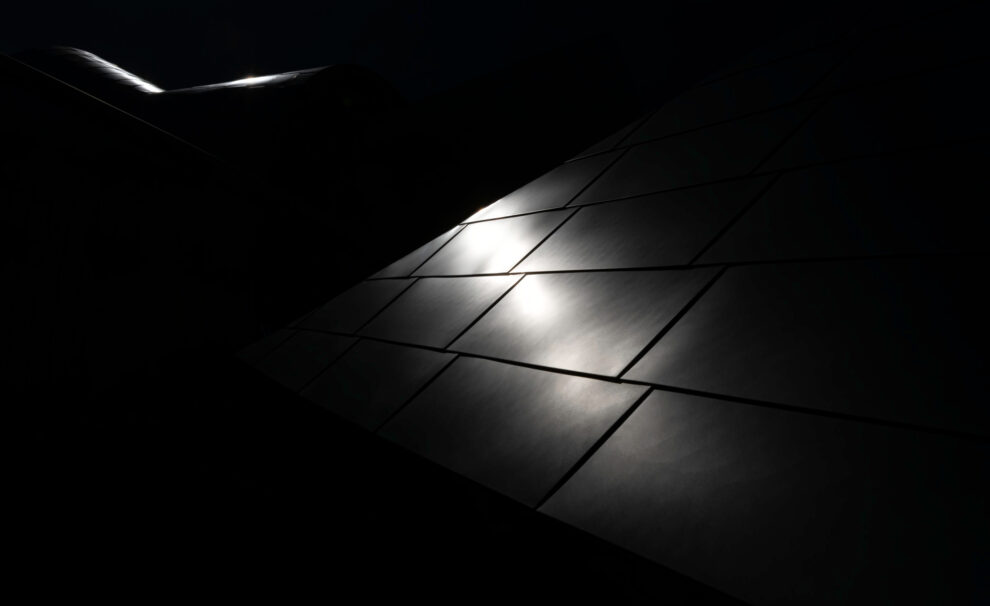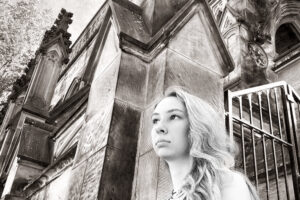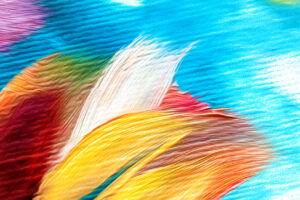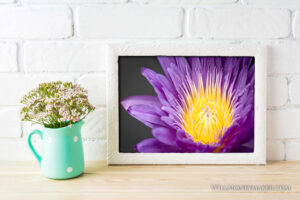Photography is all about light, right? After all, it’s the medium in which we paint with light. But sometimes we get so wrapped up in things like colors and compositions that we forget about what it all really comes down to: Light, and how it produces the exposures that we later turn into pieces of art.
That’s why I wanted to talk about a favorite technique, one that maybe we tend to overlook sometimes. We place so much focus on having perfectly exposed frames that sometimes we forget to think about the things we can do with darkness. With just a single light source, you can shine a spotlight on any subject imaginable.
And this is an interesting way to highlight a subject because truthfully, spotlights can be a fantastic compositional tool. With a single light source, you can illuminate a face and nothing else, which lets you draw attention to the details of that face. Spotlighting is perfect for completely isolating a subject if that’s all you want the viewer to see. Or you can create shadowy silhouettes to focus on shape and form rather than detail. Rays of light emanating from a light source like a window give photographs direction and movement, creating leading lines to walk people through the image.
And you know what the best part about spotlighting is? There are so, so many ways to pull it off. The first thing that probably comes to mind is a single flash or a single studio light that you use to highlight or silhouette subjects against a dark background.
But traditional lighting isn’t the only way to shine a single light source on things. Use a flashlight or your phone’s flash. Windows make beautiful spotlights, shining onto a person standing in them, or a bowl of fruit if you want to create a still life, for instance. Car headlights shining into the distance, highlighting a figure, a tree, or something else. Streetlights are sometimes used to capture the shape of a person or animal walking beneath them or to highlight rain and snow falling through the rays. Christmas lights—hold them up to cast a warm light on faces or ornaments.
That’s the thing about spotlighting. Anything that shines any sort of directional light will work. And all of these various tools will give you different effects. Each light source will give you more or less directionality—like with a flashlight, you’ll have a tight beam of light to work with, but a bundle of Christmas lights will throw smaller rays in lots of directions.
There will be different colors and color temperatures to experiment with, too. Often cast cool light, but a lot of newer ones offer warm lights. Plus reds, purples, blues, greens—any color of light imaginable.
So the next time you’re looking for something new to try, think about spotlighting and what you might be able to do with it. Chances are, you’ve already got the tools for this in a kitchen drawer or a closet. Just look around to see what sort of lights you have in your home that can be put to work as a spotlight! Ideas and compositions will start to flow from there.





